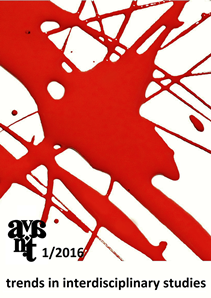Kalevala-sarja Uuno Klamiego jako dzieło przełomowe fińskiego narodowego modernizmu
Kalevala-sarja by Uuno Klami as the Breakthrough Work of Finnish National Modernism
Author(s): Wojciech StępieńSubject(s): Music
Published by: Ośrodek Badań Filozoficznych
Keywords: Uuno Klami; Kalevala; Igor Stravinsky; Maurice Ravel; twentieth century Finnish music
Summary/Abstract: „The Russian Modernists such as Prokofiev and Stravinsky and new Spanish music shook me up from top to toe. … It was around that time that I went to the Sorbonne to borrow a copy of the Kalevala” (Virtanen 1945: 613–614). Abovementioned sentence was said by the Finnish composer Uuno Klami (1900–1961), who during his studies in Paris (1924–1925) was fascinated by the music of Igor Stravinsky, Maurice Ravel, Sergei Prokofiev and Manuel de Falla. Inspiring by achievements of Western modernists Klami wanted to break up the tendency begun by Jean Sibelius to treat Finnish epos Kalevala only in the national romantic spirit. In 1930s Klami under the impression of The Rite of Spring’s score started composing vocal-instrumental work based on topics from Kalevala. However during working on it he changed his preliminary plans and composed a five-movement symphonic suite Kalevala-sarja op. 23 [Kalevala Suite]: Maan synty [The Creation of the Earth], Kevään oras [The Sprout of Spring], Terhenniemi, Kehtolaulu Lemminkäiselle [Cradle Song for Lemminkäinen], Sammon taonta [The Forging of the Sampo]. Kalevala-sarja started in Klami’s output searching for his personal voice and influenced on his further style. Nowadays the score is regarded as the most significant Finnish orchestral compositions from the first half of the 20th century, and very often is called The Finnish Rite of Spring. The article’s goals are: to introduce into Klami’s output, to demonstrate the genesis and inspirations of the suite Kalevala-sarja and to briefly analyse particular movements of the composition in the light of European modernistic influences.
Journal: AVANT. Pismo Awangardy Filozoficzno-Naukowej
- Issue Year: 2016
- Issue No: 1
- Page Range: 117-134
- Page Count: 18
- Language: Polish

